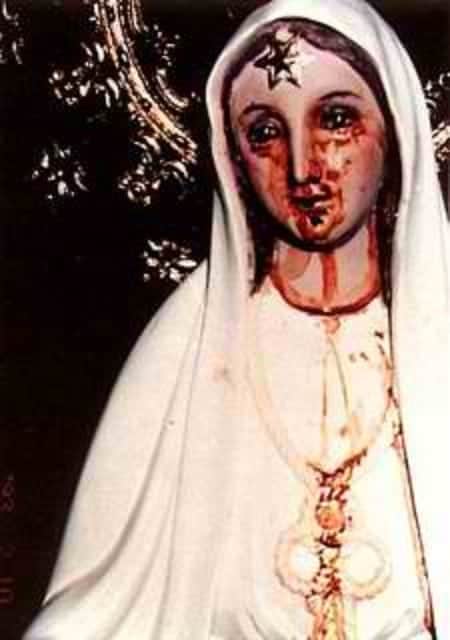In the rich tapestry of Filipino religious folklore, stories of statues shedding tears of blood are woven into the fabric of faith. However, none have stirred as much controversy as the statue of the Virgin Mary in Agoo, La Union.
The phenomenon of tears of blood first began in February 1993, captivating countless devotees and curious visitors who gathered at the site in awe.
Loading...
The statue is owned by the family of the self-professed boy visionary, Judiel Nieva, who claims that the Virgin Mary has been sending him messages and will reveal herself to them in due time.
One day before her scheduled appearance in March, thousands reported witnessing the sun dance. During the mass the following day, the presiding priest swore to have seen an apparition of the Virgin Mary atop a guava tree.
In a similar occurrence, many claimed to have seen bright colored lights emanating from various directions. Nieva also relayed a new message from the Virgin Mary, urging prayers for war-torn Somalia during that time.
ALSO READ: Story of the Headless Monument in Albay
The events surrounding the Weeping Virgin Mary of La Union have sparked fervent debate and divided opinions among believers and skeptics alike. While some view it as a divine miracle, others attribute it to natural phenomena or even elaborate hoaxes.
Despite the controversies, the site continues to draw pilgrims and seekers of spiritual solace, drawn by the allure of the miraculous and the promise of divine intervention.
ATTRACTIONS TO SEE IN MANILA
Klook.comThe Weeping Virgin Mary stands as a testament to the enduring power of faith and the mysterious ways in which the divine manifests in the hearts and minds of believers. In a world fraught with uncertainty, her presence offers hope and consolation to those who seek solace in the embrace of the sacred.














No comments
Let us know your thoughts!